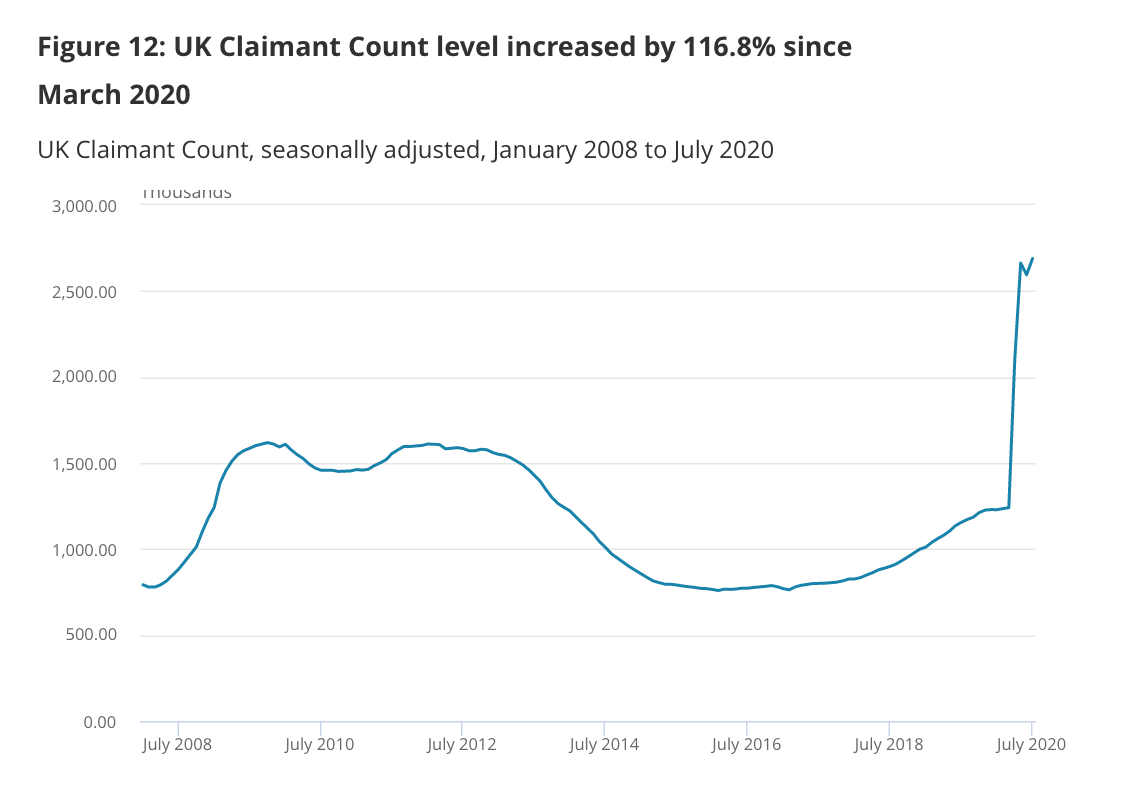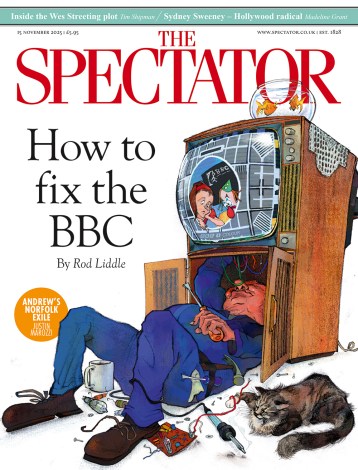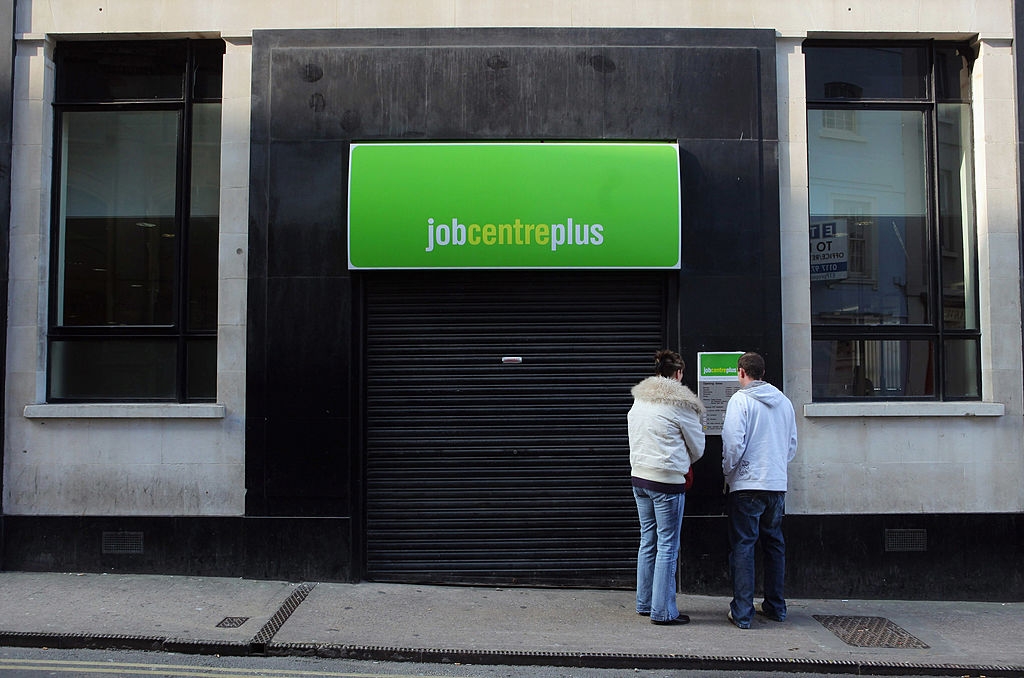Look past the headline statistics and you’ll see economic reality starting to infiltrate the labour market. Today’s employment figures from the Office for National Statistics mark very little movement from the previous quarter, with employment at 76.4 per cent (down 0.2 per cent on the previous quarter) and unemployment at 3.9 per cent (unchanged from the previous quarter, still hovering at a record-low level). Yet today also marks the biggest decrease in UK employment for a decade, since May 2009 in the wake of the financial crash.

For many workers, being temporarily away from paid work is likely to become permanent
How can this be? The official figures from the ONS have yet to officially budge because of the ‘increases in economic inactivity, with people out of work but not currently looking for work’. In other words, the number of people who aren’t looking for a job has increased (a decision influenced, no doubt, by the plunge in job vacancies since lockdown began), which means they fall out of the official calculations for determining unemployment rates.
More telling, perhaps, are the ONS’s claimant count figures: the number of people eligible for some kind of unemployment-related benefit. The count has increased 116.8 per cent (1.4 million) since March this year, illustrating new levels of government dependency for people both in and out of work. These figures chime with the reduction of people on payroll (down 730,000 since March) and the largest quarterly decrease in total numbers worked on record (down to 849.3 million between April and June).

In a long list of worrying signs, 7.5 million people were temporarily away from paid work in June (with more than three million away from work for three months or longer) – a calculation which speaks to the vast take-up of the government’s furlough scheme, designed to keep people in employment while their jobs might be temporarily unviable. But for many workers, ‘temporary’ is likely to become permanent. While major sectors operate at limited capacity – or aren’t able yet to open at all – it is still financially unviable for many employers to cover their employees’ costs.
The slow return to city centres coupled with looming fears of the virus still impacting economic behaviour means that employment is bound to look increasingly shaky – and unemployment figures are forecast to rise considerably by next year. The question now isn’t whether or not unemployment will rise (daily updates about redundancies remind us it is already doing so), but whether there will be new jobs and opportunities for those recently out of work.







Comments